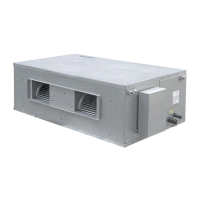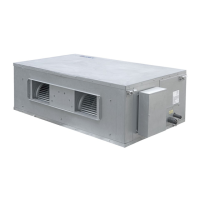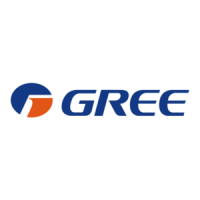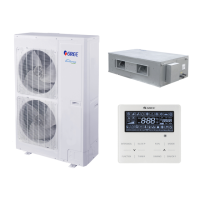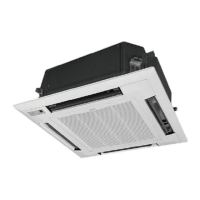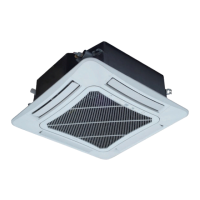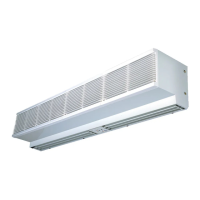How to troubleshoot a Gree Air Conditioner that doesn't work?
- MMonica PayneAug 6, 2025
If your Gree Air Conditioner isn't working, check the following: * **Fuse or circuit breaker:** Replace the fuse or reset the circuit breaker. * **Power failure:** The unit should restart automatically when power is restored. * **Power connection:** Ensure the unit is properly connected to a power source. * **Remote controller battery:** Replace the batteries in the remote controller. * **Remote controller range:** Make sure you are within 8 meters of the unit when using the remote.
